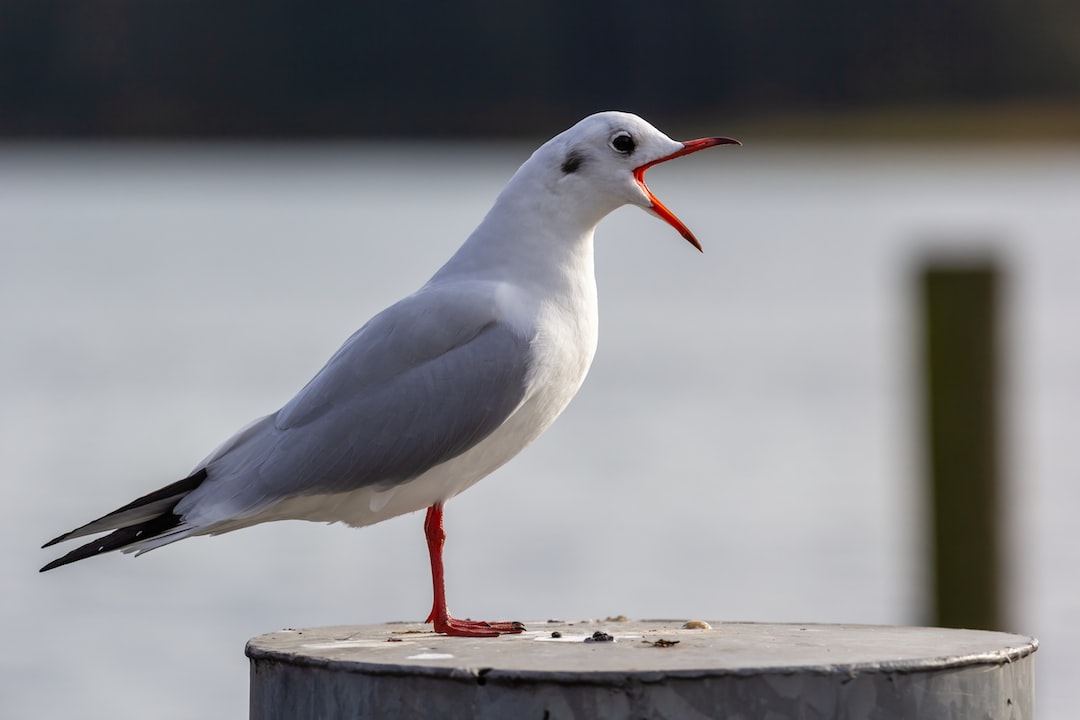The Secret Life of Ants: Small But Mighty Inhabitants of Our World
Ants are often overlooked and considered insignificant creatures in our daily lives. However, beneath their tiny exteriors lies a complex and fascinating world that is essential for the functioning of ecosystems around the globe. In this blog post, we will uncover the secrets of ant colonies, their extraordinary social structures, and the vital roles they play in maintaining the balance of our world.
Ants are eusocial insects, meaning they live in large colonies characterized by division of labor, overlapping generations, and cooperative care of young. In each ant colony, there is a queen who is solely responsible for egg-laying, while the workers take on various tasks such as foraging for food, building nests, and protecting their colony from predators.
The teamwork and efficient organization within ant colonies are truly remarkable. Each individual ant has a specific role and task assigned to them, and they work in perfect synchronization to achieve the common goal of survival and reproduction. They communicate with each other using chemical signals called pheromones, which play a crucial role in coordinating their actions and maintaining colony unity.
One of the most intriguing aspects of ant behavior is their ability to solve complex problems collectively. Scientists have conducted numerous experiments that demonstrate the remarkable problem-solving capabilities of ants. For instance, in a famous experiment called the “Ant Bridge Experiment,” researchers placed two platforms separated by a gap of water, and the goal was to bridge the gap using their own bodies. Astonishingly, the ants formed a living bridge by linking their bodies together, ultimately creating a pathway for their fellow ants to cross over.
Ants are also ecologically important for their role as decomposers and seed dispersers. They not only break down organic matter, accelerating nutrient cycling in ecosystems, but they also aid in pollination and seed dispersal, assisting in the regeneration and diversification of plant communities. In tropical rainforests, ants are known to disperse up to 90% of the seeds, contributing to the overall biodiversity and richness of these habitats.
Despite their small size, ants are incredibly strong and resilient creatures. They can carry objects multiple times their own body weight, an impressive feat considering their tiny stature. This strength is due to their unique skeletal structure and muscle system, which allows them to exert a tremendous amount of force relative to their size. Ants are living examples of how determination and unity can overcome seemingly insurmountable obstacles.
Another fascinating aspect of ant biology is their reproductive strategies. In some ant species, the queen stores sperm received during a mating flight, utilizing it to fertilize eggs throughout her lifetime. This means that a single queen can give rise to an entire colony with different castes, including workers and future queens. This reproductive strategy ensures the genetic diversity and survival of the colony, contributing to the long-term success of ant societies.
Ants also exhibit highly developed behaviors for defending their territory and protecting their nests. They engage in aggressive battles with rival ant colonies, using their powerful jaws and stingers to fend off intruders. Some ant species even have specialized soldier ants, boasting larger size and stronger mandibles, solely dedicated to the defense of their colonies.
In conclusion, ants are not just tiny creatures crawling on the ground; they are marvels of nature with elaborate social structures and significant ecological roles. They exemplify exceptional problem-solving abilities, exhibit incredible strength relative to their size, and contribute to vital ecological processes. By understanding and appreciating the secret life of ants, we gain a greater appreciation for the complexity and interconnectedness of the natural world. So, the next time you spot an ant out in the wild, take a moment to observe its fascinating behavior and remember the small but mighty inhabitants that shape our world.

